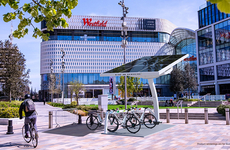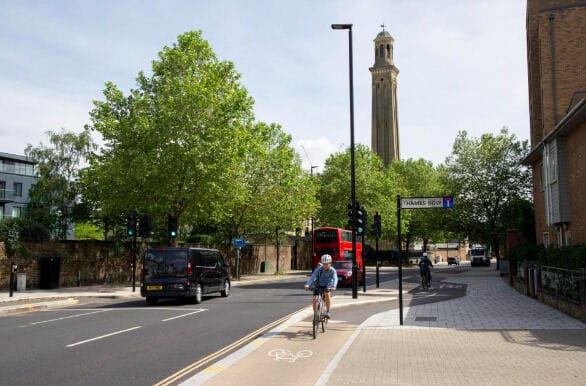
London's Cycleway Network Now Extends 400 Kilometers
Ellen Smith — October 8, 2024 — Autos
References: tfl.gov.uk & islingtongazette
London's cycleway network has reached a significant milestone, now extending over 400 kilometres, marking a substantial increase since 2016 when the network was just a fraction of that size. Transport for London (TfL) announced this achievement on October 4, highlighting the city's commitment to promoting cycling as a sustainable mode of transportation. The expansion includes a range of new segregated cycle lanes, which enhance safety for cyclists and encourage more residents to take up biking.
As air quality improves and the number of cyclists increases, London’s urban landscape is adapting to meet the needs of this growing community. This development not only supports the city’s environmental goals but also positions cycling as a viable alternative to motorized transport, ultimately contributing to reduced traffic congestion and healthier lifestyles among Londoners.
Image Credit: Luca Marino / TFL
As air quality improves and the number of cyclists increases, London’s urban landscape is adapting to meet the needs of this growing community. This development not only supports the city’s environmental goals but also positions cycling as a viable alternative to motorized transport, ultimately contributing to reduced traffic congestion and healthier lifestyles among Londoners.
Image Credit: Luca Marino / TFL
Trend Themes
1. City-wide Cycle Expansion - The extensive growth of London's cycleway network underscores the potential for other major cities to adopt large-scale infrastructure improvements for cyclists.
2. Segregated Cycling Lanes - The implementation of segregated cycle lanes in London highlights an innovative approach to enhancing cyclist safety and encouraging more people to bike.
3. Urban Transport Evolution - Urban transport systems are evolving to include comprehensive cycle networks, signaling a shift towards more sustainable and health-conscious commuting options.
Industry Implications
1. Urban Planning - Urban planning is increasingly integrating cycling infrastructure, reflecting a trend towards creating more livable and environmentally friendly cities.
2. Cycling Gear and Apparel - The rising number of city cyclists is driving demand for specialized cycling gear and apparel, catering to both safety and style preferences.
3. Sustainable Transportation - Sustainable transportation initiatives are expanding as cities like London invest in cycleway networks, reducing reliance on motorized vehicles.
3
Score
Popularity
Activity
Freshness























